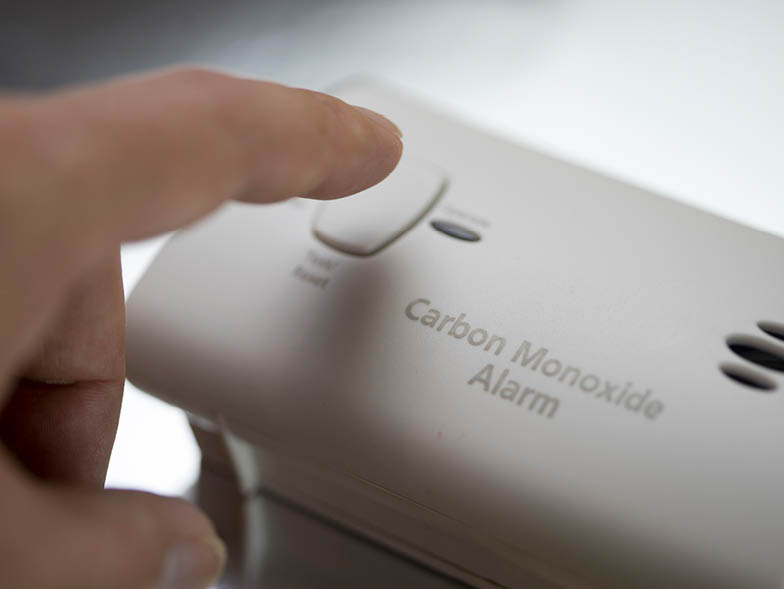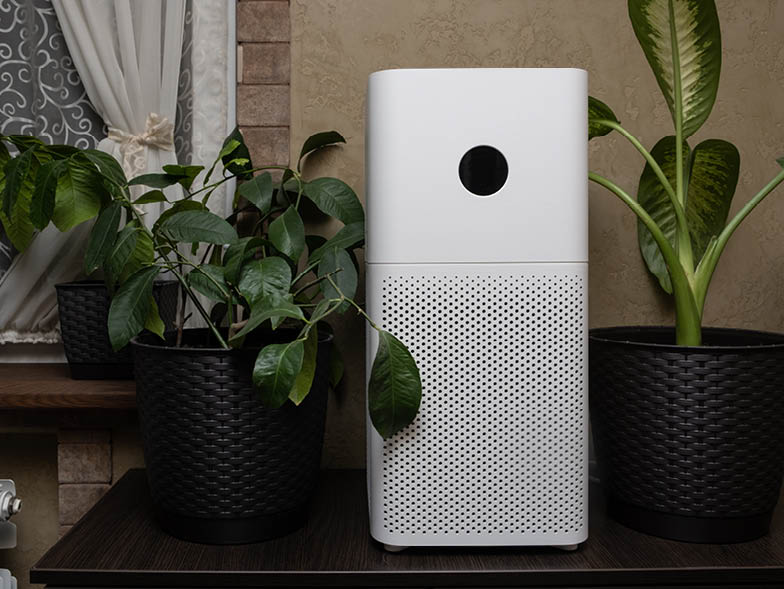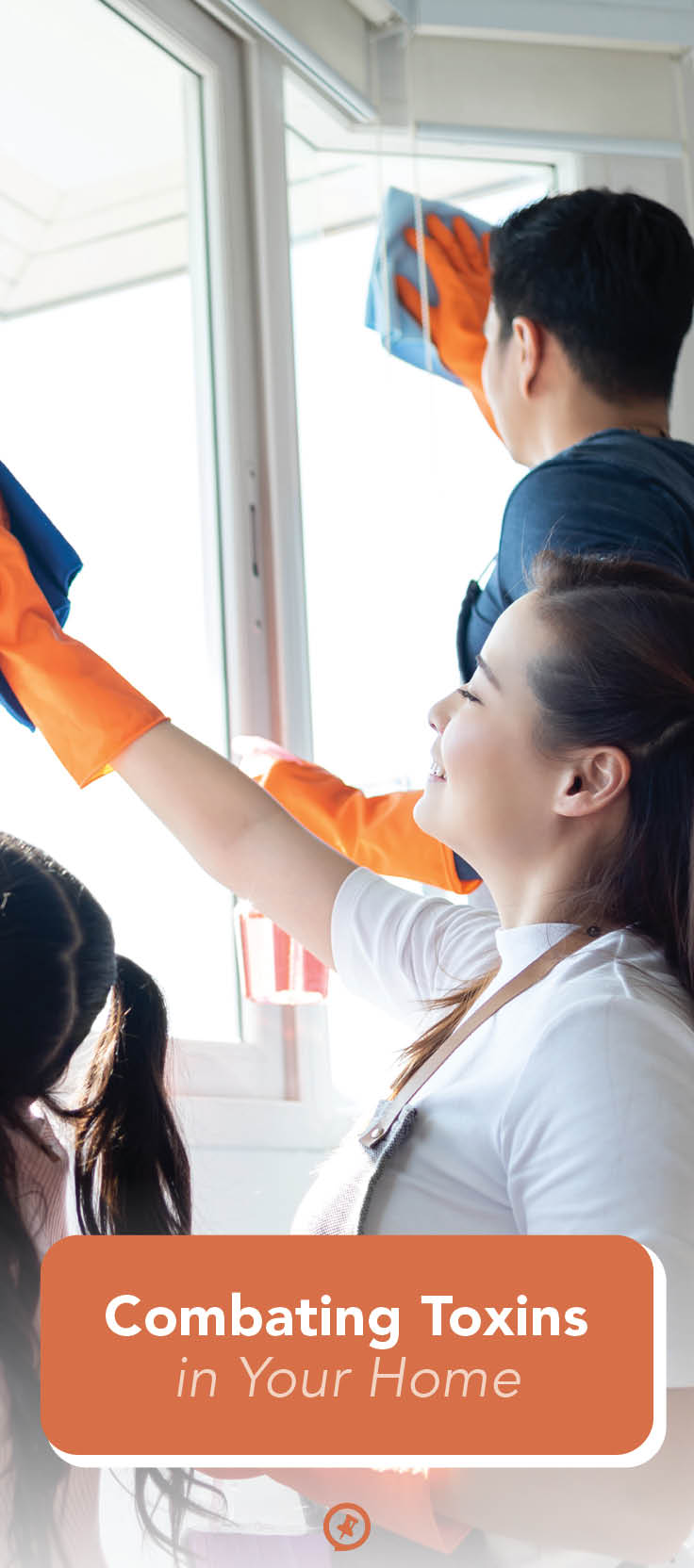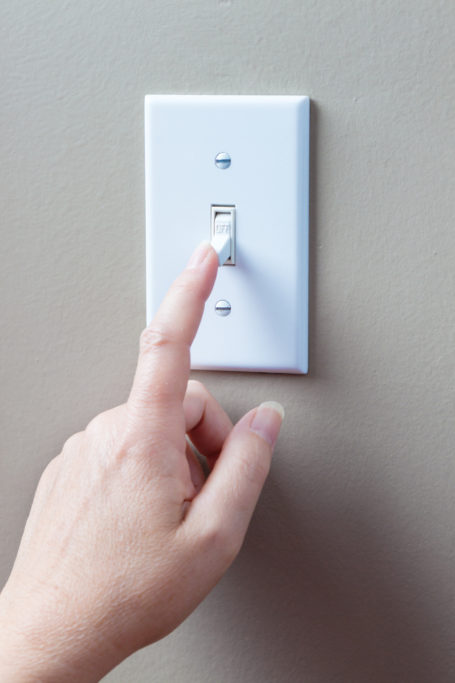Combating Common Toxins in Your Home
Maintaining a healthy home for you, your family, and your pets goes beyond your weekly chores.
With colder weather approaching, now’s an ideal time to eliminate common toxins that can impact indoor air quality. These are some of the most important steps you can take to identify risks and detoxify your home.

Inspect your sensors
Though carbon monoxide detectors are standard-issue in most homes, it’s important to test these sensors frequently to ensure their efficacy. Check the manufacturer’s guide that came with each of your devices for product-specific instructions, but in the likely chance that they have disappeared, here are some general steps to take:
- Testing one detector at a time, start by dusting off the outside of the detector to improve airflow through its grates.
- Ask one family member—or a visitor if you live alone—to stand in the room farthest from the device and listen for the alarm.
- Identify the test button on the device. Press and hold it until a very loud alarm sounds. If the sound is soft or short or your assistant can’t hear it, change the battery.
- Repeat step two if you replaced the battery. If the alarm still isn’t working properly, replace the device.
- Write up a log, and list the date that you tested each sensor and updated its battery. Post the log in your laundry room or garage so you can refer to it in the future.
- Check the date you purchased your home and each sensor in it. Most home sensors have a life span of around ten years. Replace all expired products, then note it in your log.
Install more comprehensive sensors
While inspecting your current sensors can keep your family safe from smoke and carbon dioxide, there are other airborne toxins you should test for. Unfortunately, advanced sensors that detect other substances rarely come preinstalled in new homes, so you’ll have to determine which ones you need for yours. For instance, if you have natural gas or propane-powered appliances, you should purchase and install gas-leak monitors. Several indoor air-quality monitors can also identify a variety of home pollutants, from common dust to airborne volatile organic compounds (VOCs).

Test for radon
A common misperception persists that radon—an odorless, invisible radioactive gas created by natural processes in rocks, soil, and groundwater—is only a risk in homes with basements or near construction sites. However, according to the CDC, it is the second-leading cause of lung cancer after smoking, making radon testing essential for any home. Check your levels by purchasing an at-home test kit or having a professional do the testing, and contact your state’s health department for more details about radon in your area.
Say no to new chemicals
Other toxins, from airborne plastic particles to formaldehyde, are unfortunately common in household products like air fresheners, cleaning products, and pet care products. To become a conscious consumer, do some research about the products you use before you buy them. A great resource is the EPA website, which has a convenient product directory that can help you make these assessments. Search for Safer Choice on the site to find air fresheners, batteries, soaps, carpet cleaners, and other goods that are safer for you and your loved ones to use. In doing so, you can reduce your exposure to dangerous chemicals like mercury and VOCs—and have peace of mind knowing that you and your family are living in a healthier home.
For more info, visit EPA.gov


















